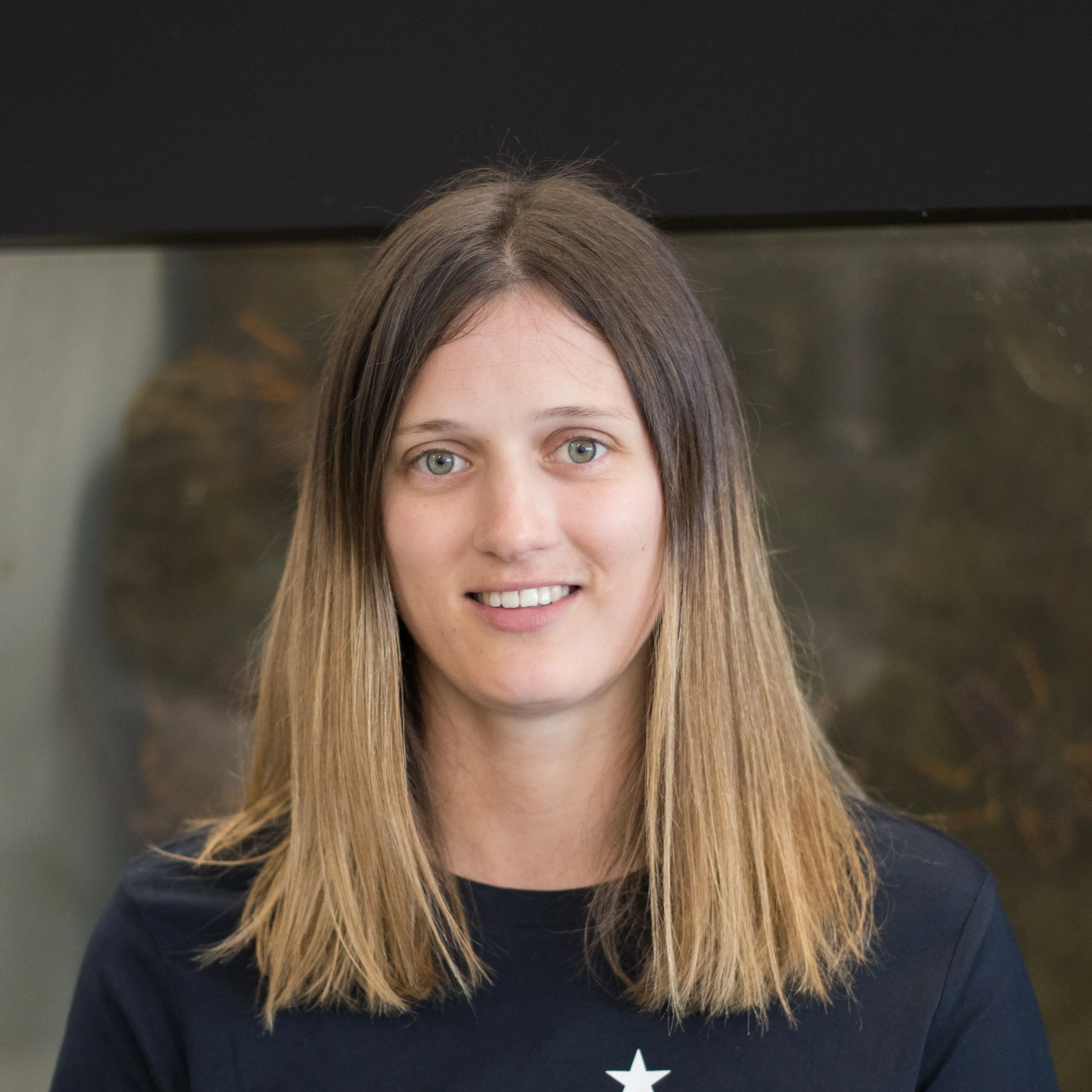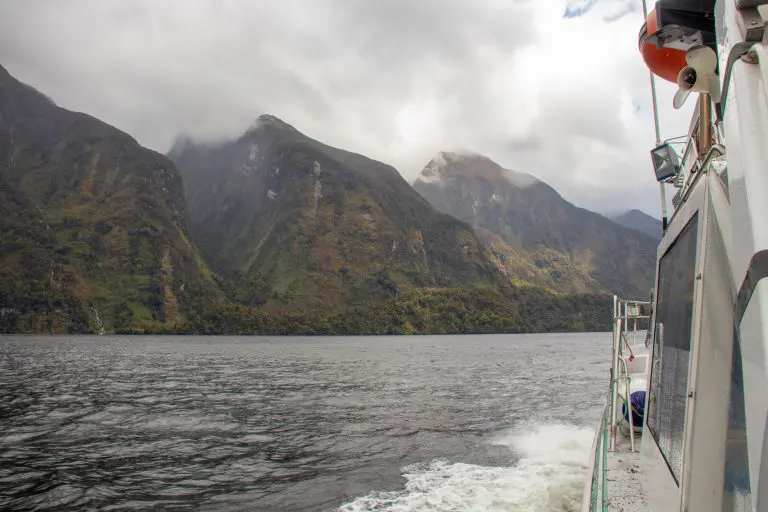Each year, the Sir Peter Blake Trust awards scholarships to a group of young, aspiring scientists and conservationists, who are each paired up with a partnering organisation and given the opportunity to take part in various work programmes around New Zealand and internationally. The purpose of these ambassadorships is to educate the recipients about some of the science and conservation battles we face, so that they can use these experiences as leadership opportunities to inspire and effect positive change in their communities.
I was lucky enough to be selected as a Blake DOC Ambassador and to secure myself a spot on the November Resolution Island Trapping Trip lead by DOC Biodiversity Ranger, Peter McMurtrie. Resolution Island in Fiordland is huge, at 208km2 it is the 5th largest island in New Zealand. It is surrounded by the Dusky and Breaksea Sounds and Ancheron Passage, with 550m of separation to the mainland at its closest point.
Resolution Island has a remarkable history, dating back to its naming after his ship by Captain Cook during his second voyage to Dusky Sound in 1773. In 1894 the government appointed Richard Henry, a pioneering conservationist, as curator and caretaker of the island. He spent the following years relocating declining species such as Kakapo and Kiwi to the island using a dinghy – the first relocation efforts of its kind in the world. Much to his dismay, in 1900 he found a stoat on the island and the project was deemed a failure. In 2004, the island was again designated an offshore reserve, and trapping lines were installed for the beginning of the stoat eradication in 2008.
Currently, a fierce trapping regime is underway to keep this important sanctuary low in predators. Three times each year, in January, July and November, DOC and eager volunteers undertake to clear and rebait every trap in Dusky Sound over a seven day period. This is no small feat! The island has 230km of track networks, comprised of 2,350 single set DOC 150 traps, spaced 105m apart and some Goodnature A24 trap lines. The surrounding islands and mainland have a further 370 double set tunnels, with more traps planned to be installed over the coming years. The island has never been invaded by possums and only contains mice, stoats and deer. Stoat numbers have been maintained to a low level, but a few breeding females remain each year. In years of the beech mast, stoats thrive and new populations swim across to the island, so the trap lines all need constant maintenance.
My trip starts with an early meet and greet and briefing at the DOC Quarantine Store in Te Anau. There are eleven of us in total, comprised of the group leader and DOC ranger Peter, four other DOC rangers (Shinji, Louise, Jamie and Hamish), four volunteers (Keith, Donald, Liz and myself), Sandy who is a member of Paws for Conservation and is based in Stewart Island with her sniffer dog Gadget, and the skipper, Nic. Everyone’s gear is rigorously inspected and pored over with a fine-toothed comb to ensure that there are no stowaway flora or fauna. The island is completely free of introduced flora, so removing tiny seeds from backpacks and boots is crucial to preserving the pristine environment there. Another four have already been helicoptered in and will be spending the week servicing traplines from bivvys on the island.
Following the quarantine, the group is transferred to Manapouri, where a water taxi transports us across the lake to Wilmot Pass. We pile into the DOC bus to travel over the pass, enjoying the spectacular views of snowy peaks, rocky outcrops and waterfalls towering above us. The Southern Winds is docked in Deep Cove in Doubtful Sound ready and waiting for us. We load the supplies onto our home for the next week, including box after box of eggs (lots of scrambled eggs or bait for the traps??) and get underway on our journey to Dusky Sound. The moody weather means beautiful misty valleys and waterfalls spilling off rock faces in Doubtful Sound. When we reach the mouth of the sound, the sea is rougher and many of us hope our Sea Legs taken frantically beforehand will suffice. Albatross are observed by those who brave the back deck, with views of rocks along the coastline plunging deep into the sea from steep ridges veiled in greenery and little islands hugging the shoreline.
We arrive in Dusky Sound late afternoon. The first port of call is to drop off Sandy and Gadget who are here to inspect Anchor Island, one of three Kakapo sanctuaries in New Zealand which neighbours Resolution Island, and the surrounding islands and barges for pests. Then we docked in at Duck Cove, a calm cove in Resolution Island, and covered the plan for the morning.

Pippa Halliday
BLAKE DOC Ambassador 2018


